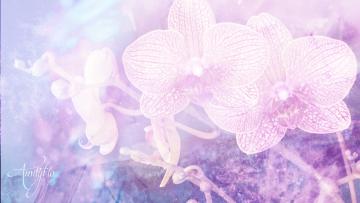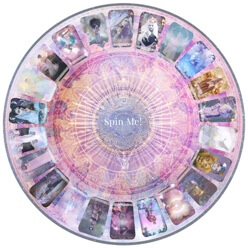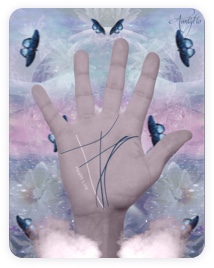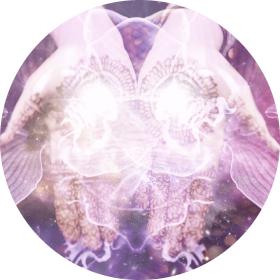Orchid

Uncover Hidden Flowers meanings
Orchid comes from the word “Orkhis” based on the Greek legend of Orkhis, a part satyr and part nymph hybrid, who dared to rape a priestess of the God of Wine, Dionysius.
He was punished by being dismembered by drunken women of the wild called Bacchanalians and was brought back to life as a flower.
Orchid comes from the Greek word "Orkhis" which means "Testicles", depicted by the shape of the orchid's roots.
These flowers are world renowned for their beauty and incredible ability to grow almost anywhere in the world, attracting many to witness their wonderful blooms, mostly in spring time as they are mostly ornamental flowers that serve to showcase beauty and Zen in the surroundings.
The Chinese treated the Orchid with respect as it symbolized the innocence of children and represented one of the “gentle men”, which was based on the four seasons.
The Victorian meaning, Orchid depicts the times of luxury and magnificence as the flowers were best known for their beauty and varieties that it also came to represent the “Spirit of Art”. It was the main symbol of royalty and class as it was the very depiction of beauty in the age where coat-of-arms bore significance in upholding the very essence of the family it described.
- Name: Orchid
- Color: Varies from varieties that span all continents of the world, except Antarctica.
- Shape: Varies from different sizes to petal lengths, most common trait- all Orchids have three petals, sepals and a combination of the two called “tepals”.
- Fact: Orchids grow on dead trees and wild jungles and are commonly known as "lady's fingers" due to the long petals and "tepals" they possess looking like dainty, long fingers in the more exotic types found in jungles. Orchids vary in blooming seasons and are the most prized of all flowers in terms of being ornaments.
- Poisonous: No
- Number of Petals: Three
- Victorian Interpretation: Luxury, Magnificence and Art
- Blossom Time: Varies as the blooming period is dependent on what type of orchids and where they are in the world.
- Superstitions: Orchids were used by the Greek women to determine whether they were to have boys or girls by looking closely at the diet of the mother and father and what type of orchids they had eaten. Large tubers were said to have boys and short tubers to have girls.
- The ancient Aztecs also believed they could gain incredible strength mixing the vanilla orchid with their chocolate drinks mixed with spices.
- The Shape: Orchid, though different in sizes and shape have a standard structure of possessing three petals and three sepals found in the outer whorl and inner whorl - an exotic nature of the flower is its “lip” at the medial petal. The sepals can vary in color from basic green to purple depending on the flower and the ovaries of the Orchid is found at the back of the flower – actually in the stem.
- Petals: Orchids have different petal shapes, some possessing long, tendril like petals often called “Lady’s Fingers” while others possess small ones. The unique nature of the Orchid’s petals would be the fact that they only have three which combine with the sepals to create the “tepals” excluding the lip found in the middle.
- Numerology: The Orchid is the ideal representation of the number 3, which stands for “The Trinity”.
- Color: Orchids, being the most widely spread exotic flower have a variety of colors spanning from spotted and mottle designs to basic, full blown palettes like that of the African and Asian distinction.
Herbalism and Medicine
In ancient china, variety of orchids were used as herbal remedies for countless ailments and diseases and may have very well been the main start for the Chinese delving into herbal medicine.
By Florance Saul
Aug 20, 2012







